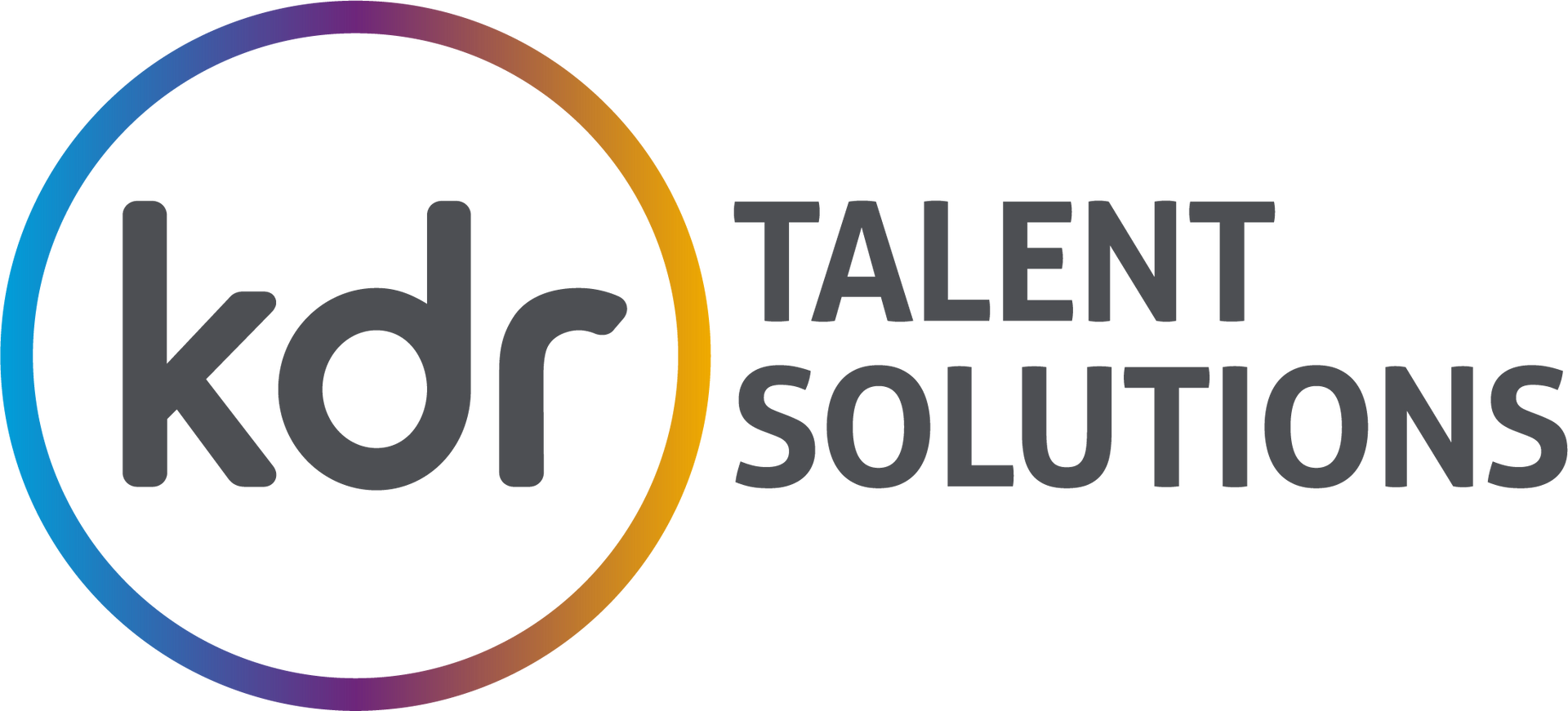The Importance of Effective Workforce Planning
Actionable insights into effective workforce planning

Workforce planning is a crucial factor in achieving business success. In today's competitive landscape, organisations are constantly striving to maintain a competitive edge and the quality of their workforce plays a pivotal role in this endeavour. This article explores the significance of effective workforce planning and offers insights into its successful implementation.
Understanding Workforce Planning
At its core, workforce planning is the strategic alignment of an organisation's workforce with its broader goals and objectives. It encompasses the evaluation of current staffing needs, identification of skill gaps and the formulation of strategies to ensure that the right people are in the right positions at the right time. While the concept may seem straightforward, it demands a deep understanding of the organisation's goals, industry trends and the dynamic job market.
The Benefits of Workforce Planning
Improved Efficiency: Workforce planning facilitates the optimisation of human resources within an organisation. By ensuring that employees possess the necessary skills and resources, businesses can enhance their operational efficiency, reduce costs and boost productivity.
Enhanced Agility: In today's rapidly changing business environment, adaptability is so important. Workforce planning empowers organisations to respond swiftly to evolving market conditions, making them more resilient in the face of uncertainty.
Talent Retention: Employees are more likely to remain with an organisation that values and nurtures their skills and pays attention to their career aspirations. Effective workforce planning can result in higher employee satisfaction and retention rates.
Implementing Effective Workforce Planning
Now that we recognise the importance of workforce planning, let's look at the steps required for its successful implementation.
Step 1: Define Your Business Goals
Start the workforce planning process by clearly defining your organisation's business goals. What are your short-term and long-term objectives? Establishing a clear vision serves as the foundation for your workforce planning efforts.
Step 2: Assess Current Workforce
Thoroughly assess your current workforce. Identify their strengths, weaknesses, skills and competencies. Are there disparities between the skills your organisation needs and those possessed by your employees?
Step 3: Identify Future Needs
Consider the future landscape of your industry. What trends and technologies are likely to impact your business? Predicting future workforce needs necessitates a profound understanding of market dynamics as well as business projections.
Step 4: Develop a Talent Acquisition Strategy
Once you've identified your future needs, you can get on with creating a talent acquisition strategy. Do you need to recruit new talent, upskill existing employees, transfer internally, or pursue a combination of all approaches? Think about recruitment channels, training programs and potential collaborations as well as internal job mobility.
Step 5: Monitor and Adjust
Workforce planning is an ongoing process. Continuously monitor your workforce, assess the effectiveness of your strategies and be prepared to make adjustments when necessary.
Effective workforce planning creates a solid foundation for an organisation to excel. Done well, it has the potential to elevate efficiency, foster agility and contribute to employee satisfaction. By aligning your workforce with your strategic goals and proactively adapting to change, you can position your organisation for enduring success.








